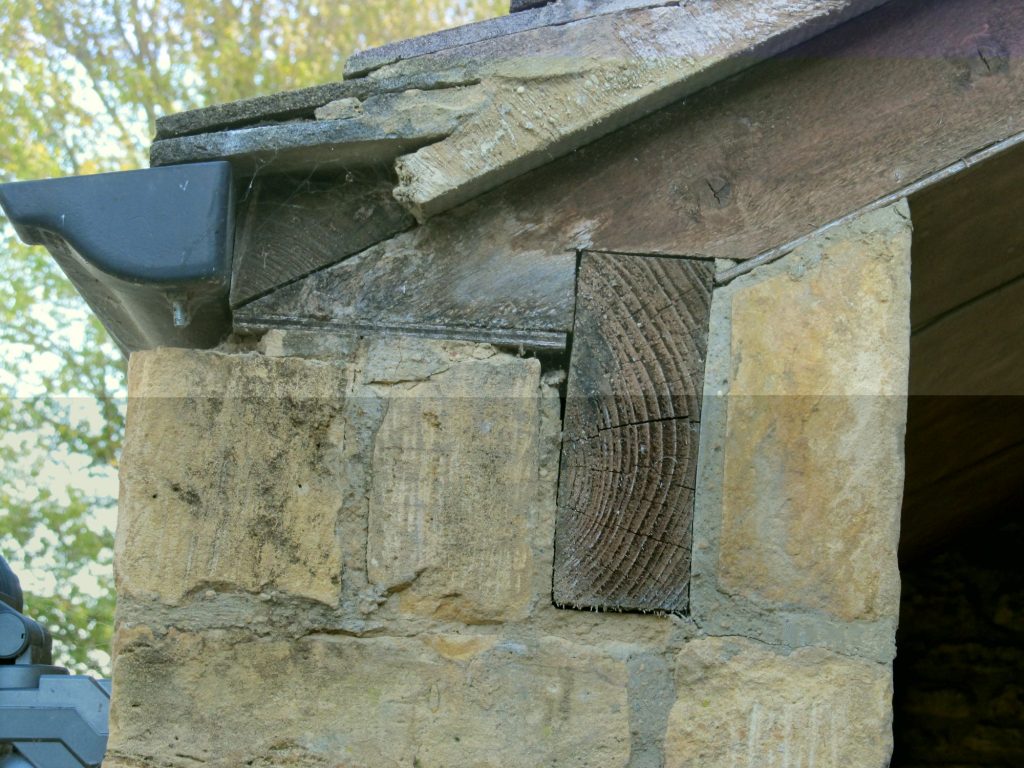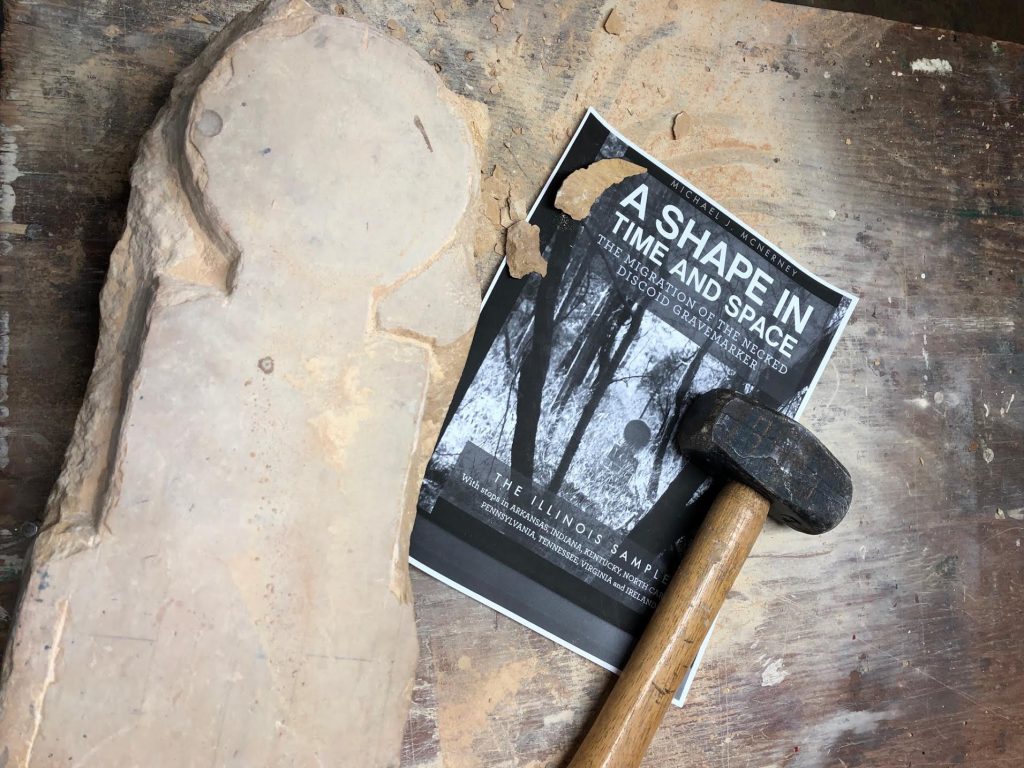Stonework & Masonry Extending Man’s Reach Through the Ages
My interest in all things stone came about at an early age. I marveled at the workmanship of arrowheads that I had found in the outlying fields and later in life I was in need of a fireplace that included a brick surround.
It was one on my first masonry projects and it turned out better than expected considering it is thirty five years old and in perfect shape. The chimney work was done by a professional and it extended a full two and an half stories.
Everywhere I travel I study and marvel at stonework. I revere the stone mason, the man who’s work lives long beyond his own life.
Today there are few professions that can claim such permanence, substance and longevity.
London is what it is today because in 1666 the city was fed up with another devastating fire.
They proclaimed it was time for stone and meaningful, permanent structures.
From henceforth stone and brick made London what it is today. This mandate caused a rise in value of the skills of the stone carver, stone mason, brick layer and brick tender.

Once while traveling in the Cotswold region of Great Britain I came across a “dry stone mason”. This is a man that knows how to stack rocks in such precise fashion that the fence that he is making will last somewhere between 450 and 650 years depending on the skill of the mason. My new found dry stone mason friend was building a fence to contain sheep. The fence was already hundreds of yards long and was set to sally off over the yonder hill a kilometer in the distance. It was a fence dead straight, about thirty inches wide and approximately 44 inches high (including the verticals). It was just high enough that no sheep would venture over it.
The mason was working on this fence as a part time job. He would devote his weekends to this endeavor. A dump truck would unload enough limestone blocks for him to progress ten to fifteen meters each day.
It was an effort of human labor, it was an investment in the land as he provided his employer a fence that would endure for the coming generations.

As I wandered on I paid special attention to the stonework in all of the villages of the Cotswolds. They were villages frozen in time. (1820’s?) sheep villages producing wool.
In 1820’s with the rise of American Slavery cotton became KING! Anyone who tried on a cotton shirt was a believer.
Yet, their stonework and thatched roofs have endured. Created from skilled craftsman that knew of no short cuts and wouldn’t take them if they had the chance. The Luddites proved this out.
Before me is a stone quarried from the Kasota Quarry near Mankato Minnesota in approximately 1910, it is a remnant of a school that stood tall and proud. The stone work was crisp and firm, the foundation was of question.
All of the labor that was expended was short lived because of the foundation work. A masons life/craftsmanship cut short.
This stone is now once again on the bank on a novice carver, myself.
I have spend four decades with a mallet in my hand, but the material that I have been working is leather (Buffalo Billfold Company), soft, pliable and giving.
Kasota stone is a limestone from the Oneota Dolostone formation, 450 millions years ago. It yields to my mallet/hammer in small increments. I am not proficient in this craft or trade but it seems to have a quick learning curve. I have the requisite chisels and tools to commence.

I am not a sculptor so a simple necked discoid gravestone found in the upland south seems to call to me.
With each strike eons of time are removed from the limestone block to reveal a reproduction of a primitive folk artifact.
In a matter of hours the shape takes form and the novice modern day craftsman can commune with his historic predecessors by the work at hand.